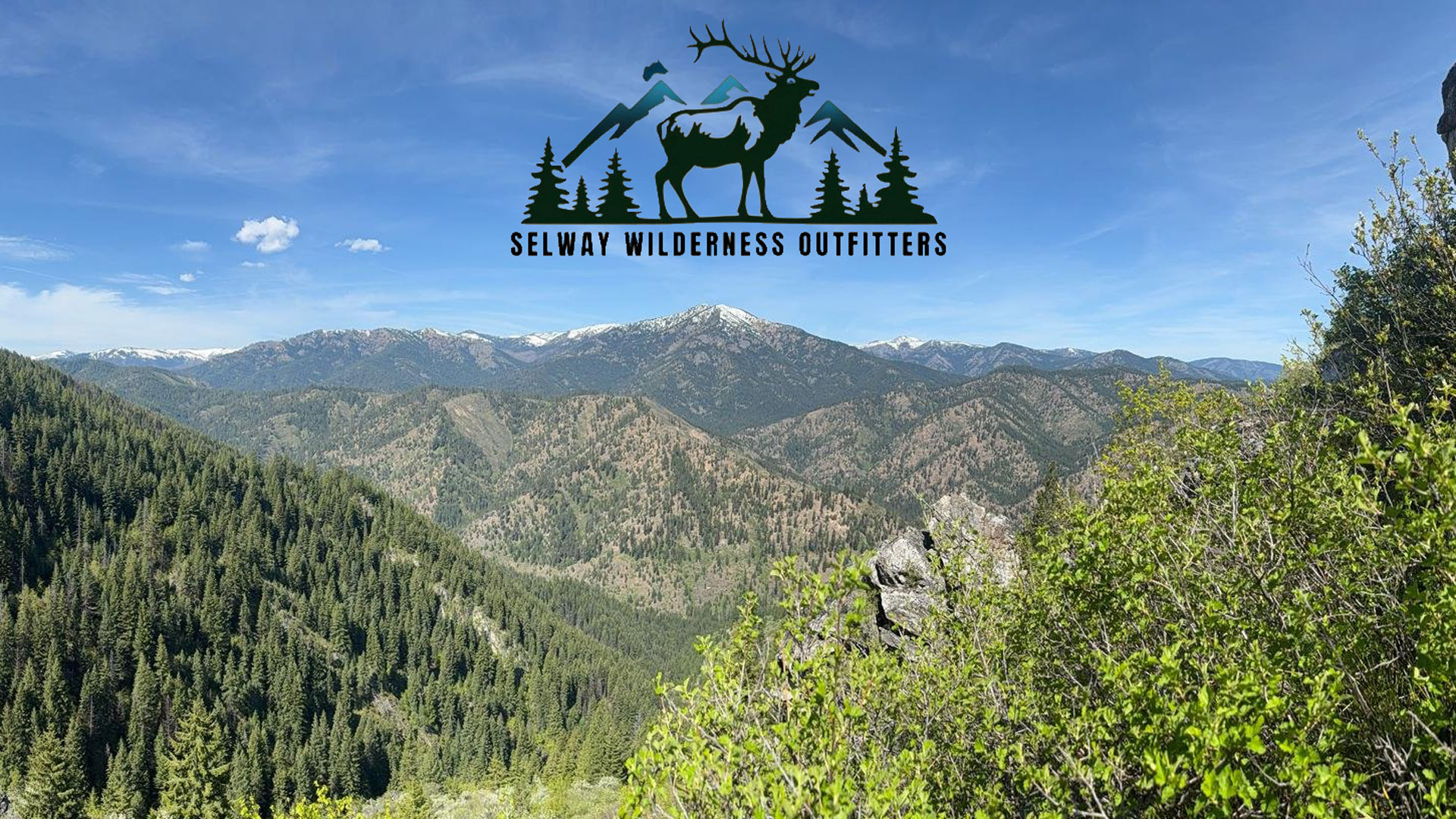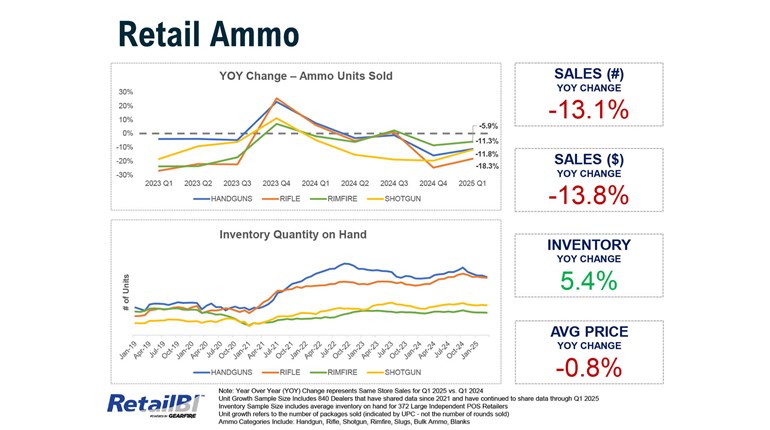
Tom had his vices and one of them was turkey hunting. His Model 12 that he shot lefty had snuffed more longbeards than the local influenza. A friend of my quail-hunting pa, Tom had three dressy daughters, no sons, and was willing to pass his knowledge to just about anyone who’d ride with him. I was just a pup, still too naïve to even think I knew much, but I reckoned I could learn something from the old box caller.
Tom’s calls reeked of cigarettes and his eyes blazed like dawn. A scraggly beard concealed most of his face, and the rest was smeared with green paint. He may have frightened most children when he cruised into a convenience store before our hunt, but he was high on my list of awesome people. I just thought it a little odd that we were driving to Elk City, Okla., to hunt turkeys.
By first light Tom and I were dug in near a massive oak tree. Only after the natural sounds of the woods had resumed and completely forgotten about us did he even unsheathe his old Moss’ Doubletone. Finally he scratched out a half-dozen yelps, then he placed the call beside him and shut his eyes—so he could fully concentrate on his hearing, I suppose. While I looked all about, preparing for turkeys and trying my best not to swat mosquitoes, Tom just sat like a stone. It was hardly the concert I expected from this virtuoso, but even Mozart, at times, was a minimalist. After an hour or so he opened his eyes, found his call and scratched out six more yelps. He paused for a couple minutes then made five more. Then he replaced the call in the leaves beside him and shut his eyes like a chess player concentrating on his next move. My patience was making its last stand when I spotted movement way through the woods, on the horizon of a neighboring green field.
“Tom,” I whispered out of the side of my mouth. He did not reply. “Tom,” I hissed, a little louder.
“What?” he said, his eyes still locked shut as to divert all available forces to his ears.
“I think I see a turkey.”
“Well if you can see one, shoot it right in the face,” he said, which remains the greatest advice I’ve ever heard.
An hour and a few clucks later, Tom suddenly opened his eyes, put his call in his pocket and, with a hand for balance and a grunt for motivation, hoisted himself up, brushed off his brown camo coveralls and turned to me. “Some turkeys come in,” he said as he swiveled back toward the way we had come. “And some don’t. He paused for a few seconds as he glanced back, prophetically, toward the green field. “Hunt the ones that do.”
The following day we employed the same long-suffering tactics in a different spot, but before suffering too long a gobbler that was taller than me came in spitting and stomping, bobbing its fiery head about something awful. I shot at it out of fear, and I’m ashamed to say I missed it for the same reason. I was disappointed I didn’t get a turkey, but I’d learned many things—namely that turkey hunters must be patient, call sparingly and rarely move. It was years later when I learned Tom’s other vice was the bottle, and that he also had a severe circulation problem in his legs. But I don’t think it would’ve changed his hunting style even if he hadn’t been asleep most of the morning by that big oak tree. He was a sit-n-call man, and it worked for him a good deal of the time.
--------------
Spring forward five Aprils, after I nearly had it all figured out, when a friend down at the schoolhouse kept insisting we call him “The Turkey Master” and other such nonsense. Since I knew he’d only killed a few turkeys in his life I deduced he was full of it, but at least he was offering to take me to his place to hunt. So we went out one afternoon.
Blake’s lanky legs were suited for jumping creeks and fences, and like any good tactician he took advantage of his strengths. He’d give a series of raucous calls and if he received no answer he’d rush off to another spot and call and then jump a fence to call somewhere else. I just tried to keep up. We spooked at least one turkey that I know of while doing this Carl Lewis calling act. I was laughing at him when we heard a gobble, at which instant I threw myself down and hid. But my bold buddy did the opposite; with no hesitation he ran toward the sound, hurdled a small creek, hunkered behind a bush and gave a series of cutts with his mouth call. I watched from a distance as the bird showed itself and promptly got whacked. When I finally made my way to Blake and his flopping Rio Grande, all I could say was, “I’ll be danged, Turkey Master, that was quick!”
From this whippersnapper I learned that aggressive, run-and-gun tactics can be very effective.
--------------
In the span of a few years, I’d received lessons from the two major schools of turkey hunting. Since then I’ve flunked out by chasing spooky Easterns in deep timber, and I’ve failed by trying to sit-and-call huge flocks in South Texas that might range a mile or more in a morning. The examples I’ve illustrated are extreme, but they are the essence of differing styles. One hunter sits stationary and calls until a bird comes in; another covers ground with his feet and calling. Both styles have merits and both have pitfalls.
For instance, if a sit-and-caller doesn’t know for sure that turkeys are in his vicinity, his chances of success are diminished. If he hears one close by, however, or is certain the area holds birds, his superior location and calling increase the odds of getting it into gun range. Conversely, the run-and-gunner can theoretically get opportunities at multiple birds in a morning, but he runs a higher risk of spooking them, or not being in good position if one is located. And if the area doesn’t hold many gobblers, he can hardly afford to spook any.
So, should you sit, or should you git?
Of course we know the answer to this question: Both tactics are useful in certain scenarios, therefore a good hunter should have both skills in his quiver. But a true turkey master is dynamic; he (or she) combines styles and even invents tactics as the terrain, the specific situation and the individual bird necessitates. The real trick then is knowing when to sit and when to git.
--------------
What if you can’t locate a gobbler?
The scenarios and strategies on the previous page are fine and dandy … if you can locate a bird. But what if you can’t? Most of us believe that a turkey hunt starts when you hear a gobbler. Sure, we all want to get out of the truck at dawn and immediately hear a bird, but many times this simply doesn’t happen.
Two years ago my girlfriend declared that she wanted “to catch a turkey,” and I would help her accomplish this mission, or else! After delicately explaining that all my ideas on catching turkeys involved 12-gauges, I took her out. We had several near misses, but no bird. With the pressure mounting I took her to my ace-in-the-hole spot where I knew a bunch of turkeys to dwell, but the turkeys, it turned out, weren’t followers of fair chase rules. The hens were not hen-calling and the gobblers were not gobbling. She thought I was the only turkey around, but I knew better. After calling from a few stationary positions with no luck, I decided to get passively aggressive (with the turkeys). We still-hunted—just like I do for deer—moving as quietly as possible and sitting often to call. At 11 a.m., as we inched through a patch of woods, I spotted a dark form skulking ahead of us. We dropped below a small rise and duck-walked toward it, cutting the distance, before I called. The gobbler immediately came in without making a peep, and when it popped over the rise the girly friend tagged it. Had we been casually walking—not sneaking—between calling locations she would’ve gone home bird-less. (On this hunt I learned that a turkey spur necklace doesn’t cut it—she broke up with me anyway!)
--------------
New twists to old-school tactics
In 2008 coincidence would return me to Elk City for the filming of a Mossy Oak Productions’ TV show, about 10 miles from where I first hunted with Tom. There weren’t any elk there 20 years ago, and there were certainly none there now. Of turkeys however, there was a world. I’d never been on the Turley Ranch, so before dawn, as I was disguising myself as—you guessed it—a smallish mossy oak tree, the rancher told me the whereabouts of a bunch of birds. “Big milo field over there.” He pointed. “Usually holds turks, but I don’t know how you’ll get ‘em.”
“No problem,” I said, as I flicked my toothpick to the ground. “I know all there is to know about turkey hunting.”
Well, smiling Mr. Sumpter didn’t tell me the milo field was bigger than my hometown. For three days in this shotgun-only country I tried every trick in the book, including calling, crawling, decoying, “Fred Flintstoning” under a ground blind, ambushing and even the controversial walk-behind-a-decoy-and-look-like-an-idiot technique. (Don’t try this on public land!) The turkeys weren’t buying any of it, and even my buddy Tack Robinson, who was reared in a nest of wild turkeys from childbirth, couldn’t talk one out of its life. It became an obsession; me vs. these wretched field-lubbing turkeys, and they were definitely winning. But then, like it’d been sent straight from the gobbler gods, Tom’s advice rang in my head.
The following day I abandoned the field and set out to find some easier birds. Nearing noon I finally struck one up, cut the distance immediately then set up to call. It was classic combination tactics except for one detail: The gobbler had no desire to be a movie star. So I did what every dynamic hunter would do: I made my partner, Joe White, who is a better caller than me, do the calling. The huge gobbler finally came in as textbook as you can imagine, and Tom would be proud to learn that I didn’t miss this time. (You can watch it on “Browning’s The Best There Is” if you wish.) And I learned that I’m not even close to the best there is, nor will I ever master turkey hunting. In fact the opposite is true: Turkey hunting masters me, and that’s why I, too, remain hopelessly addicted.




































